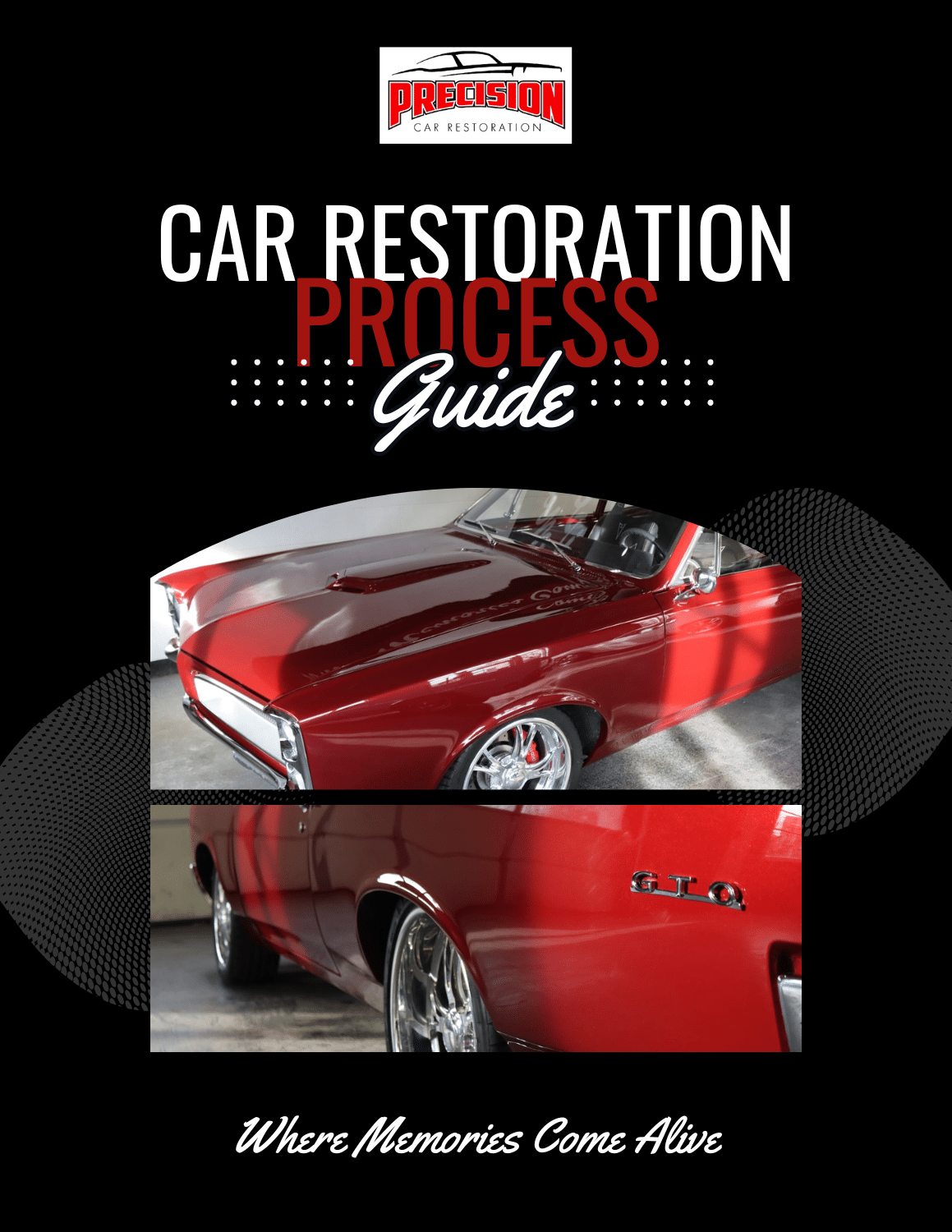 Changing out a lightbulb is about a simple a task as anyone could imagine. Unfortunately, classic cars often require more than a few new light bulbs to fix their electrical issues. The good news is that older cars have much simpler wiring systems than modern vehicles. The bad news is that classic car electrical repairs can still be confusing and difficult to fix –– particularly for inexperienced owners. Today, we’ll share a few best practices for diagnosing and repairing electrical problems, ranging from the basic to the intricate. Check them out here:
Changing out a lightbulb is about a simple a task as anyone could imagine. Unfortunately, classic cars often require more than a few new light bulbs to fix their electrical issues. The good news is that older cars have much simpler wiring systems than modern vehicles. The bad news is that classic car electrical repairs can still be confusing and difficult to fix –– particularly for inexperienced owners. Today, we’ll share a few best practices for diagnosing and repairing electrical problems, ranging from the basic to the intricate. Check them out here:
Getting Started
Before you begin any electrical work on your car, it’s first important to diagnose the issues you’re experiencing. For instance, it’s possible that an old battery is to blame for perceived electrical failings. Once you’ve determined what you need to do, the next step is to assemble the proper tools. They include, but are sustanon 250 efectos secundarios not limited to the following:
- Digital multimeter
- Wire twister pliers
- Wire stripper
- Loom tubing for wires
- Tape
- Accessory wire
In addition, many elect to replace old wire harnesses with aftermarket alternatives. This makes sense considering that 50+ year-old harnesses tend to show considerable wear and tear and don’t function nearly as effectively as new ones.
Divide & Conquer
Rewiring an entire car can be overwhelming. The best way to handle this arduous work is to divide the car into separate areas and focus on each section one at a time. Start with the fuse box, then move to the AC, then the gauges, then the dashboard (etc.), before finally getting to the head and tail lights. Segmenting your work in this manner will help you avoid a wiring nightmare.
Remember also that battery cables, ground straps, and other electrical components can become dirty, frayed, or broken with time. So be willing to address each problem as you encounter it. (Never make assumptions about the effectiveness of unrestored classic car parts.)
Prioritize Safety
It can be tempting to assume that faulty electrical wiring in a car is nothing more than an inconvenience. Yet, the reality is that frayed or split wires can present a very real danger to driver and passenger safety. In addition to the dangers of driving with broken lights, exposed wires can cause fires. That’s why it’s crucial to take extra precautions when working with wires –– particularly in the engine compartment. Any time you’re placing a wire through a metal hole make sure to protect it with tape, loom, and a rubber grommet. If left exposed, metal can cut through the wire over time. What’s more, always keep your wires tight (with zip ties) and never leave them dangling. Dangling wires can fall on the exhaust and cause fires.
Learn More
Most people can replace a broken tail light with minimal strain. Yet, rewiring an entire classic car is a big undertaking that will require significant time, energy, and investment in tools/parts. If you’re having trouble with your classic car’s electrical systems, then consider reaching out to a professional. Here at Precision Restorations, we know classic cars inside and out, and we offer partial and full restorations that include electrical work. You can contact us at 314-652-1966 today. We love talking about restoring classic cars!

